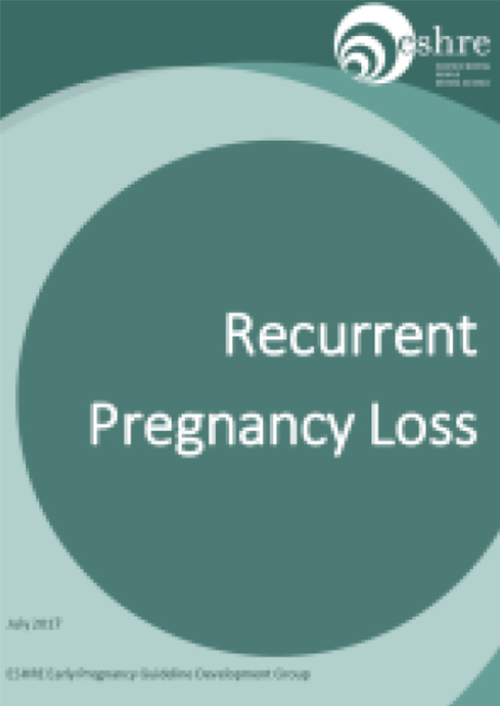For patients with recurrent pregnancy loss
In 2015, Nagoya City University was recognized by the Japan Ministry of Education, Culture, Sports, Science and Technology (MEXT) as a joint research center for the elucidation of miscarriages and human reproductive mechanisms in recognition of its achievements in recurrent pregnancy loss (RPL) research, which having been ongoing since 1980. Japan's first National Research Center for Recurrent Pregnancy Loss has been established, we would like to invite others in this field to join us in a collaborative effort to conduct research of the highest quality.

RPL refers to the inability to maintain a pregnancy, "a condition in which a child is conceived but not born due to miscarriage or stillbirth" (Japanese Society of Obstetricians and Gynecologists Glossary 2018). Recurrent Miscarriage (RM) is defined as three or more consecutive miscarriages and is included in the category of RPL. The European and American Society for Reproductive Medicine / WHO defines RPL as two or more pregnancy losses. In other words, regardless of the cause, if you have had two or more miscarriages, you are considered to be affected by RPL.
The European Society of Human Reproduction and Embryology (ESHRE) was the first in the world to publish guidelines for RPL in a systematic review (1).
Just as we adults die from various diseases such as cancer and brain infarction, fetuses also die from various diseases. RPL and recurrent miscarriage can also have various causes. There is still a lot we don't know yet about this condition and the various explanations offered by obstetricians and gynecologists, are likely to cause a lot of anxiety. In order to help patients understand this disease, we have posted the results of a study based on data obtained from patients with miscarriages who were seen at Nagoya City University. All the information has undergone a rigorous review in medical journals and provides evidence that RPL is not hopeless as more than 85% of patients go on to give birth. Unfortunately, it is difficult for patients who have had repeated miscarriages to avoid them, but it is important to deal with the miscarriage and to continue to strive for a live birth.

Figure 1:Guidelines by the European Society of Human Reproduction and Embryology
Index
- Definition of recurrent miscarriage and recurrent pregnancy loss and results of the Japan Environment and Children’s Study (JECS)
- Examination and causes of RPL
- Antiphospholipid syndrome
- ー
- Treatment of antiphospholipid syndrome
- Chromosomal translocation in either partner
- Preimplantation genetic testing for chromosomal structural rearrangement
- Congenital uterine anomaly
- Thrombotic predisposition
- Endocrine abnormality
- Fetal or embryonic aneuploidy
- Preimplantation genetic testing for aneuploidy
- Immunotherapy for unexplained recurrent miscarriage
- Drug administration for repeated miscarriages of unknown cause
- Unknown Causes
- Emotional support
- References

